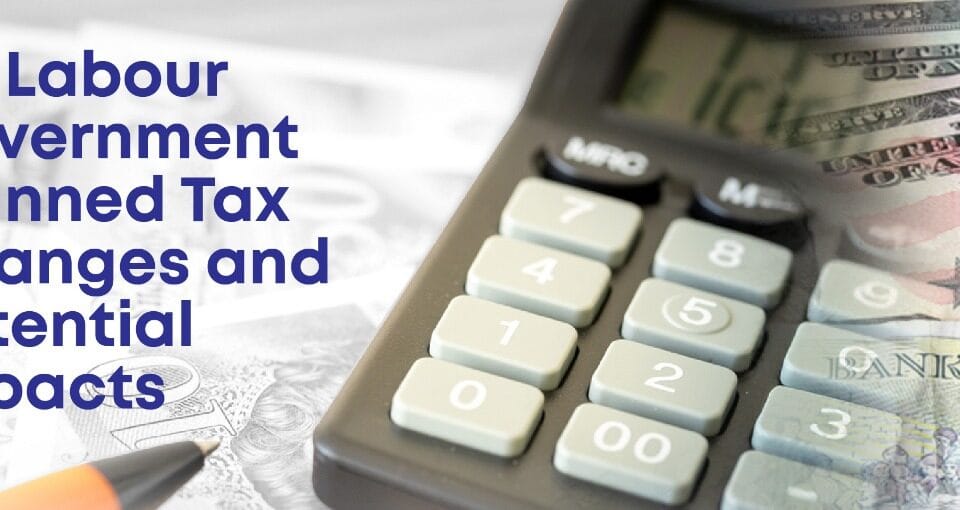
UK Inflation and Monetary Measures
January 21, 2025
UK Interest Rate Cut 2025: Impact on Homeowners, Businesses, and the Economy
March 6, 2025In many workplaces, the debate over office temperature is a perennial issue. It’s a topic that seems minor but can have significant implications for employee comfort, productivity, and even workplace harmony. This article delves into the common arguments surrounding office temperature disputes, examining why this issue arises and how it can be managed effectively.
The Temperature Tug-of-War
The main argument in office temperature disputes revolves around finding the “perfect” temperature that suits everyone. However, this is easier said than done. Different people have different comfort levels, and what feels just right for one person might be too hot or too cold for another. Here are some of the most common arguments that arise:
- Thermal Comfort Variability
- People’s thermal comfort varies due to several factors, including metabolic rate, clothing, and individual preferences. Women, on average, tend to feel colder than men at the same temperature, partly because of lower metabolic rates and differing dress codes in the workplace.
- Seasonal Changes
- The battle over office temperature often intensifies with the changing seasons. During summer, some employees might find the air conditioning too cold, while others feel it’s necessary to counter the heat outside. Conversely, in winter, some might want the heating turned up, while others find it stifling.
- Health and Well-being
- Temperature can significantly impact health and well-being. Some employees might have medical conditions that make them more sensitive to temperature fluctuations. For instance, people with conditions like hypothyroidism or Raynaud’s disease may feel colder than others. Conversely, individuals with hyperthyroidism might feel hotter.
- Productivity and Focus
- The argument that temperature affects productivity is well-documented. Studies have shown that when the temperature is too cold or too hot, employees can become less productive. They may spend more time thinking about how uncomfortable they are rather than focusing on their work.
- Energy Costs
- Another layer to the argument is the cost associated with heating and cooling an office. Businesses often need to balance employee comfort with energy efficiency. Turning the thermostat up or down a few degrees can significantly impact energy bills.
Case Studies and Examples
Let’s look at a few examples of how different offices handle temperature disputes:
Tech Startup in Silicon Valley:
- In a tech startup with a diverse workforce, the management decided to invest in smart thermostats and individual desk fans. Employees can control the temperature in their immediate vicinity, leading to higher satisfaction levels.
Law Firm in New York:
- At a traditional law firm, the dress code required employees to wear suits year-round. The firm maintained a cooler office temperature to accommodate those wearing heavy clothing. However, they provided space heaters for those who felt cold, balancing the needs of both groups.
Call Center in Texas:
- In a call center with open-plan seating, the management implemented a policy where the temperature would be adjusted seasonally. They also encouraged employees to dress in layers and provided lightweight blankets for those who needed extra warmth.
Solutions and Compromises
Finding a one-size-fits-all solution to office temperature disputes is challenging, but there are ways to address the issue:
- Open Communication:
- Encourage employees to voice their preferences and concerns. Creating an open dialogue can help management understand the diverse needs of their workforce.
- Flexible Dress Code:
- Implementing a flexible dress code allows employees to dress according to their comfort levels. Providing guidance on layering can help employees adjust to varying temperatures.
- Zoning and Smart Thermostats:
- Using zoning systems and smart thermostats can allow different areas of the office to be set at different temperatures. Employees can then choose to work in the zone that suits their preference.
- Desk Fans and Heaters:
- Providing desk fans and space heaters can offer individual employees some control over their immediate environment without affecting the whole office.
- Regular Maintenance:
- Ensuring regular maintenance of HVAC systems can prevent issues that might exacerbate temperature problems, such as uneven heating or cooling.
Conclusion
Office temperature disputes are a common yet complex issue in many workplaces. While finding a perfect solution for everyone may be impossible, understanding the common arguments and implementing flexible, employee-focused solutions can help mitigate the discomfort and dissatisfaction that arise from temperature differences. By fostering open communication and providing options for individual comfort, businesses can create a more harmonious and productive work environment.








